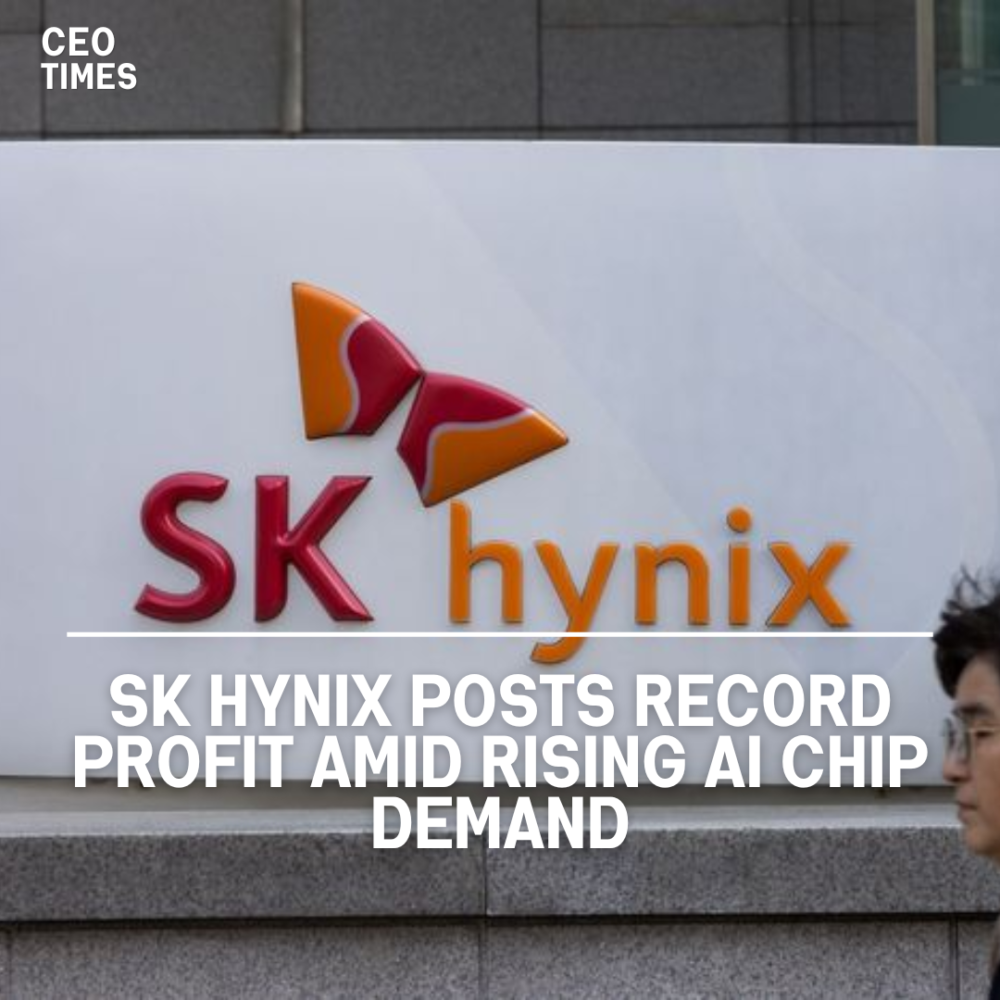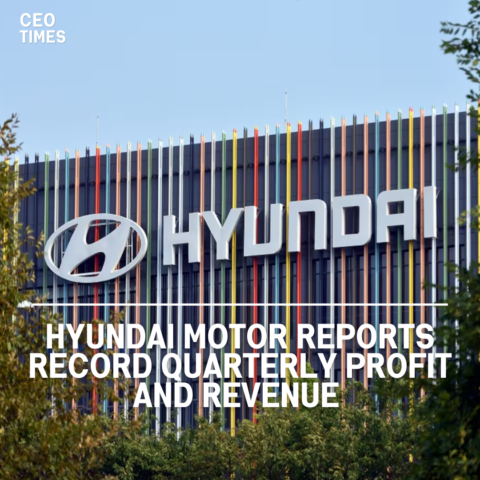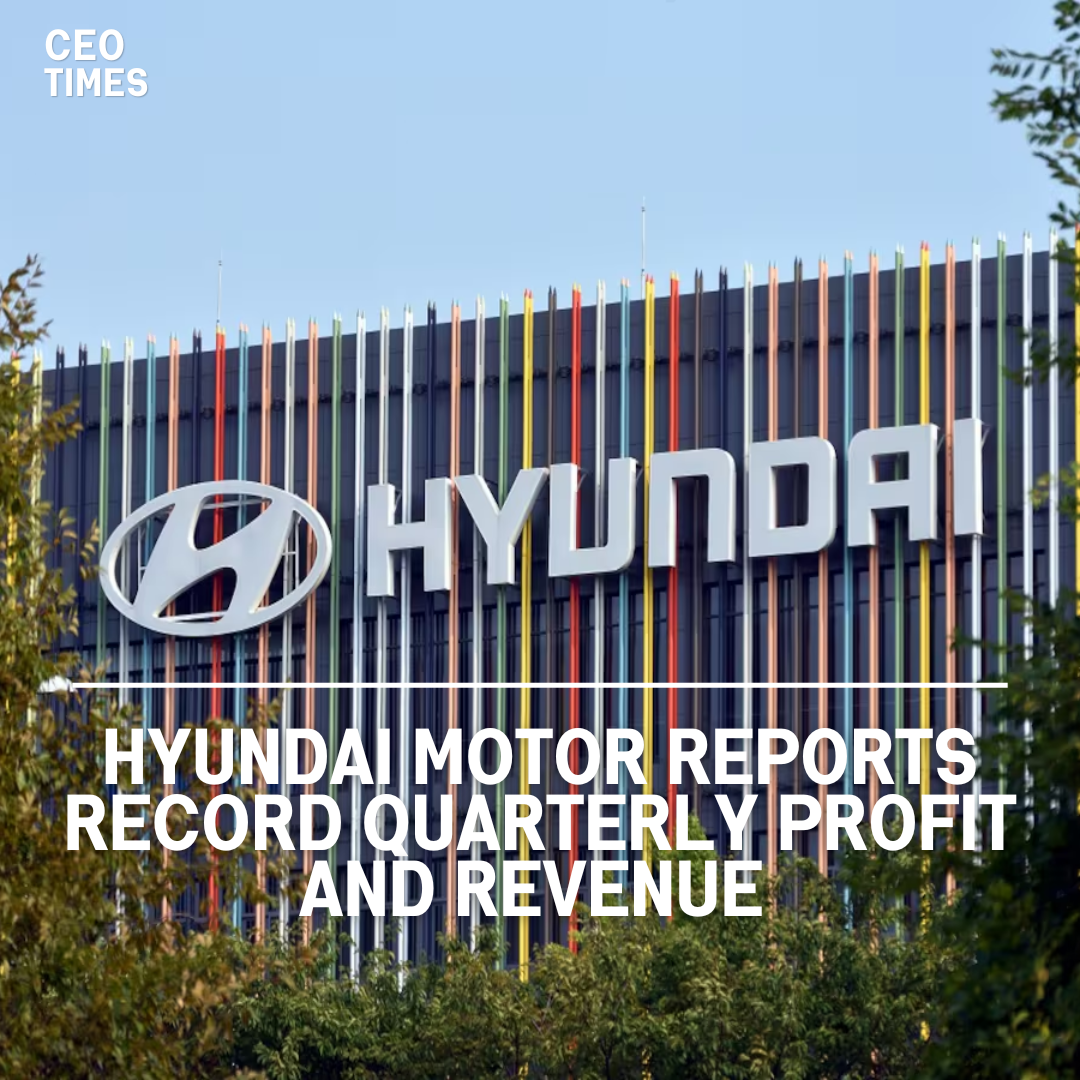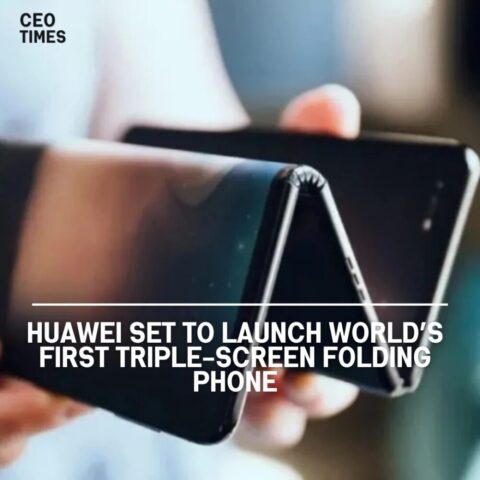South Korea’s SK Hynix reported its highest quarterly profit since 2018, driven by strong demand for artificial intelligence (AI) chips, particularly high bandwidth memory (HBM) used in generative AI chipsets.
The company posted an operating profit of 5.47 trillion won ($3.96 billion) for the April-June period, a significant turnaround from a loss of 2.9 trillion won a year earlier. This performance aligns with the LSEG SmartEstimate, highlighting the company’s recovery.
Revenue also surged by 125%, reaching a record 16.4 trillion won, underscoring the robust demand for high-end memory chips.
AI Demand and Market Position:
SK Hynix has positioned itself as a leading supplier in the high-end memory market, benefiting significantly from the growing appetite for AI-driven chips. Head of DRAM Marketing Kim Kyu Hyun emphasized the company’s strong performance, noting that the demand for AI chips exceeds expectations. He predicted that next year’s HBM shipments would more than double compared to this year.
The company’s CFO, Kim Woohyun, highlighted the rising prices of DRAM chips, attributing it to the high demand for HBM despite a slow recovery in traditional buyer demand. SK Hynix leads the HBM market and is a key supplier to Nvidia, competing with other industry giants like Samsung Electronics and the United States’ Micron.
Product Development and Future Plans:
SK Hynix has been proactive in advancing its product lineup. In March, it began mass production of fifth-generation HBM chips, known as HBM3E. The company plans to ship the next iterations, including the 12-layer HBM3E, starting in the fourth quarter and HBM4 in the second half of 2025.
Samsung, another major player in the HBM market, has yet to meet Nvidia’s standards for HBM3E chips. However, Samsung’s fourth-generation HBM, called HBM3, has been approved by Nvidia for use in less sophisticated graphics processors, specifically the H20, developed for the Chinese market.
Market Reaction and Outlook:
Despite the positive financial results and strong market positioning, SK Hynix shares fell 8.4% in morning trade, mirroring declines in U.S. tech stocks like Nvidia. This drop reflects investor concerns over meeting high expectations set for tech firms.
Analysts suggest that HBMs could account for 20% of SK Hynix’s profit from DRAM chips by the end of 2024, a significant increase from almost 0% in the first half of 2023. The generative AI boom, spearheaded by Nvidia’s next-generation graphics processors, is expected to drive this growth.
SK Hynix CEO Kwak Noh-Jung announced in May that the company’s HBM chips are sold out for this year and will be nearly sold out for 2025, indicating strong future demand. The company’s shares have risen 47% year-to-date, reflecting its prominent position as a key player in the AI chip market.




















